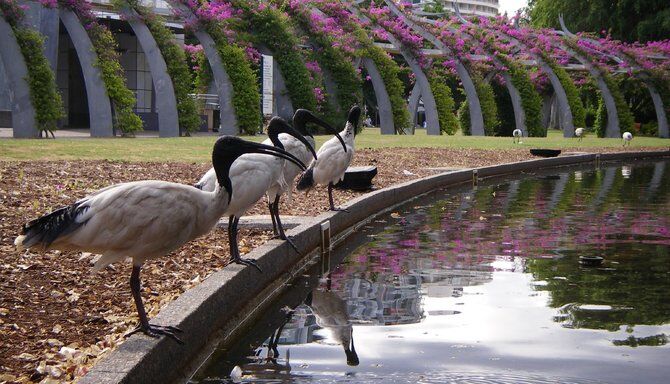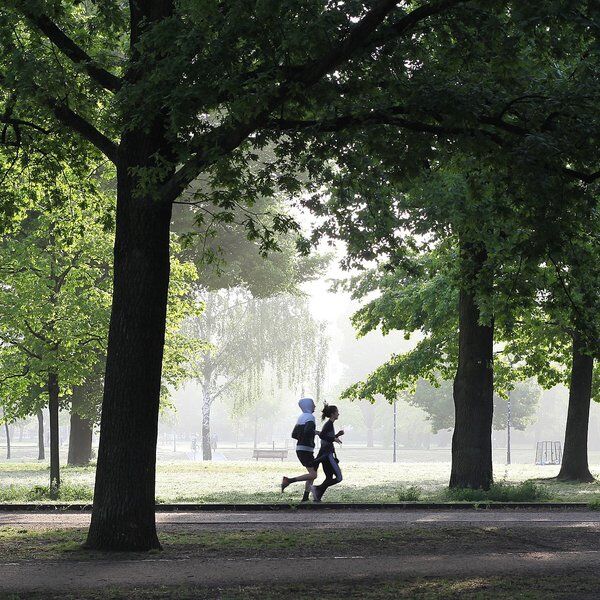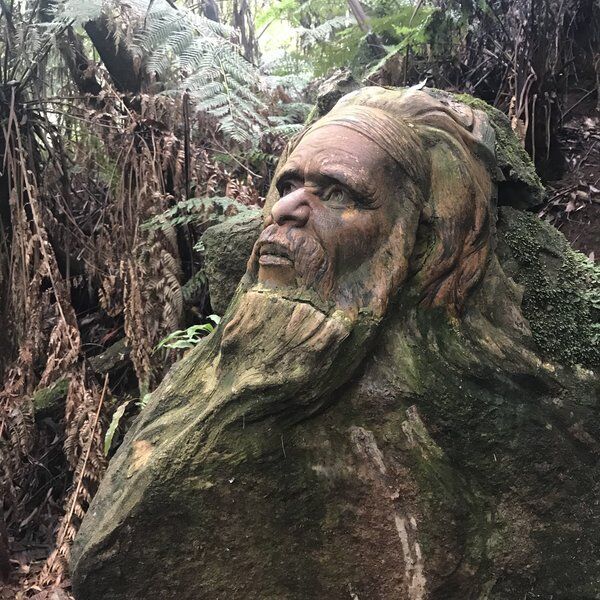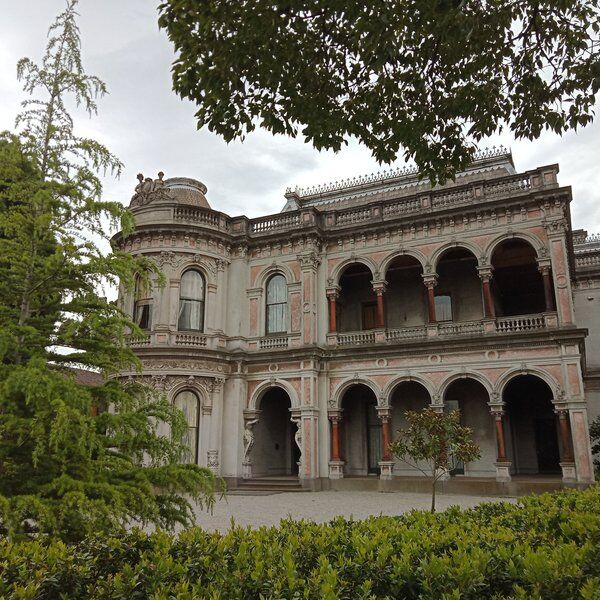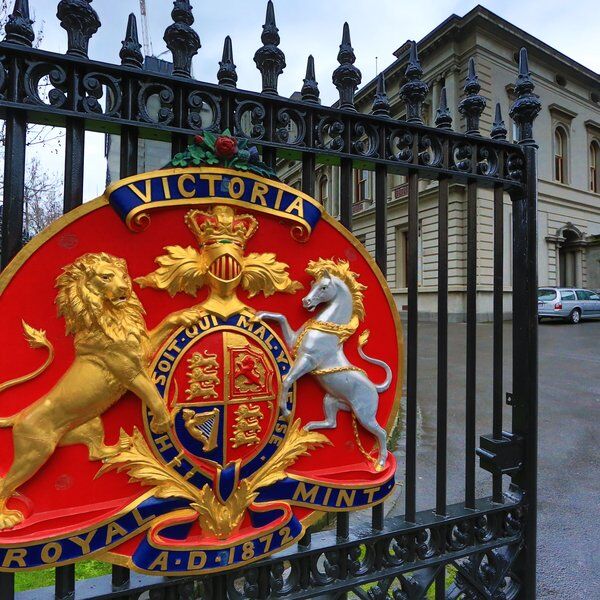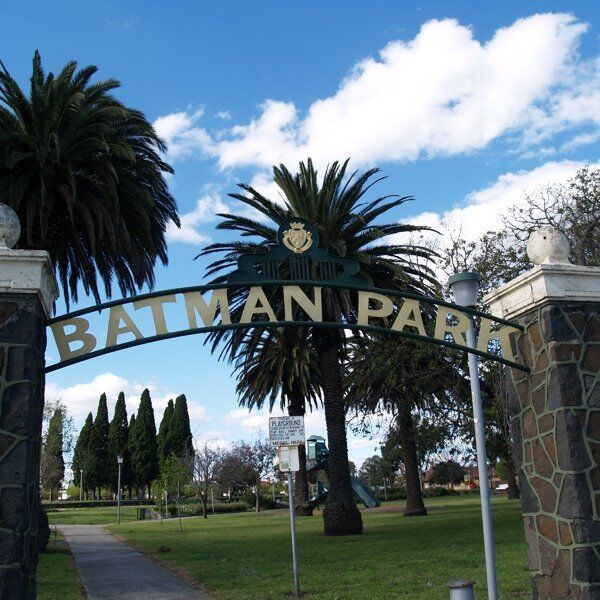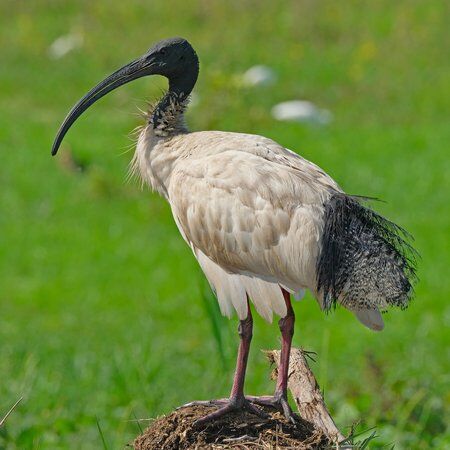
Discover Bin Chicken Island in Melbourne
In just a few decades, the Australian white ibis (Threskiornis molucca) has integrated itself into Australia's coastal and inland cities. One such area is Bin Chicken Island, a small islet within Coburg Lake Reserve in Melbourne, Victoria. Dotted with low-lying trees, some partially submerged in the surrounding waters, the island has become a sanctuary for a large colony of the Australian bird species.
However, the origins of Bin Chicken Island's ibis population are shrouded in mystery. Recent research, conducted by environmental groups, has shed light on the situation. Apparently, a preference for nesting in trees and an abundance of food sources, has contributed to their growing presence on the island.
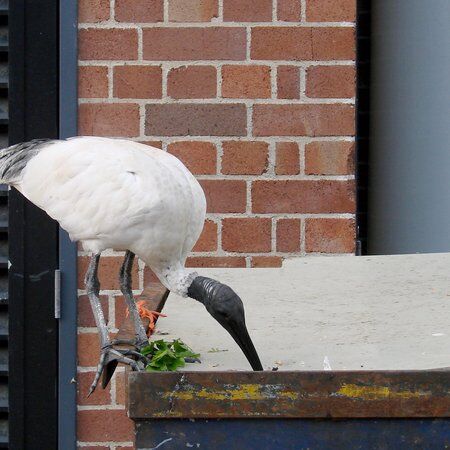
From Wetlands to Bin Chicken Island: The Evolution of the Ibis
Formerly classified as the Sacred Ibis, revered in ancient Egypt as an emblem of Thoth, the ibis was considered a sacred symbol in mythology. However, contrary to misconceptions, the Bin Chicken Island ibises are not invasive species from Egypt but native inhabitants that have learned to exist alongside humans.
Since the 1970s, the Australian White Ibis has experienced forced migration from interior wetlands to urban areas along the east coast of Australia, seeking refuge in habitats like Bin Chicken Island. Their move was necessitated by drought and habitat loss. Today, protected under the Wildlife Act 1975, the island provides an ideal refuge for the ibis, who play a crucial role in natural pest management by feeding on small insects, grubs, and fish.
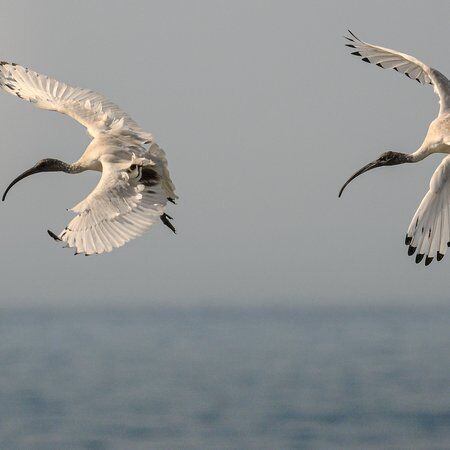
Hating on Bin Chicken Island
While their residence on Bin Chicken Island may not seem harmful, it actually poses significant challenges to the local ecosystem. The aggressive behaviour of ibis towards other bird species, destruction of vegetation for nesting, and poor water quality caused by a buildup of ibis faeces in the lake, have raised concerns among conservationists and local authorities.
The community has also expressed issues with noise, smells, and disruptions to local ecosystems. To address these concerns, Moreland Council, in collaboration with Friends of Merri Creek and Merri Creek Management Committee, is developing a White Ibis Management Plan. This plan aims to reduce the ibis population to manageable numbers and preserve ecological balance in the area, by deterring nesting, egg oiling, and carrying out habitat restoration for other wildlife.
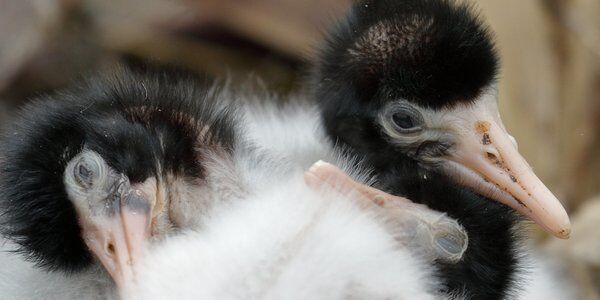
However, whilst some view Bin Chicken Island's growing ibis population as a problem, others see the funny side, referring to it as a "prison colony" for the winged "felons." There is even an International Glare at Ibises Day. In a humorous nod to the new settlers, Google Maps has referred to the island as a ‘camping ground’ featuring tongue-in-cheek reviews.
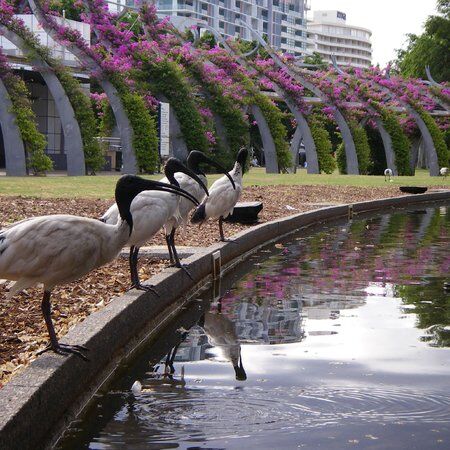
Bin Chicken Island and Popular Culture
Thanks to their daily sightings, usually sifting through human rubbish bins, the ibis has exploded in popular culture; in tattoos and other artwork, on TV, and in viral videos. As a result they have earnt their fair share of nicknames, including ‘bin chickens,’ ‘tip turkeys,’ ‘sandwich snatchers,’ and "picnic pirates."
David Johns and Matt Eastwood's 2017 mockumentary "Planet Earth: Bin Chicken" parodies wildlife documentaries, challenging a city-wilderness divide and confronting viewers with the consequences of urban development and overconsumption.
In 2018 an animated series “Bin Chickens” hit the TV screens, gaining 30,000 viewers in its first episode alone. It was a satirical portrayal of the struggles of the white ibis to navigate urban development and reclaim their lost ‘sacred status’. And was funded by Screen Australia and the ABC
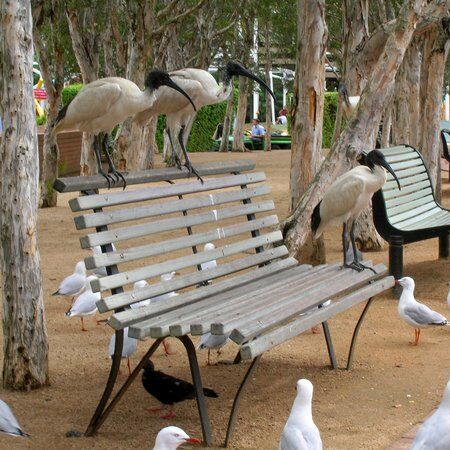
In Sue Pedley's art installation "Rolling Musical Screech" (2017), street signs of birds celebrated the sensory contributions of ibises to cityscapes across OZ. Meanwhile, Sydney-based artist Linden Braye explored human wastefulness through her 2016 film "Ibis." Channelling the ibis's foraging behaviour, Braye offers a poignant commentary on excess consumption and its environmental repercussions, inviting viewers to reflect on their own ecological footprint.
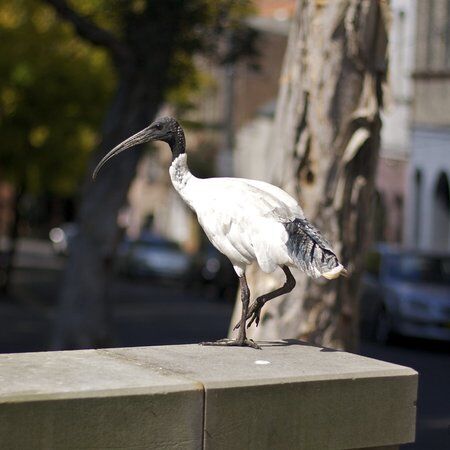
Visiting Bin Chicken Island
As the ‘bin chickens’ gain notoriety across all manner of popular culture platforms, it is essential to remember that visits to Bin Chicken Island should be conducted respectfully; do not feed the birds and adhere to conservation guidelines at all times. And while Bin Chicken Island is a major attraction within Coburg Lake Reserve, the reserve itself is worth exploring. There are lots of hiking and cycling trails, picnic areas, and playgrounds.

Discover More about Melbourne with CityDays
Ready to discover more of what Melbourne has to offer?
CityDays have two treasure and scavenger hunts in Melbourne to choose from, both of which combine the fun of an escape room with the historic facts and whimsical trivia of a walking tour!
For those interested in exploring Melbourne’s Gold Rush history, check out our Frozen Idols, Shifting Walls route. If you want to unravel the mysteries of St Kilda, take a look at Chameleon Lives.
Take the stress out of planning your visit to Melbourne and book your adventure today!
Not visiting Melbourne this time? Don’t worry, you’ll find us all over the world.
